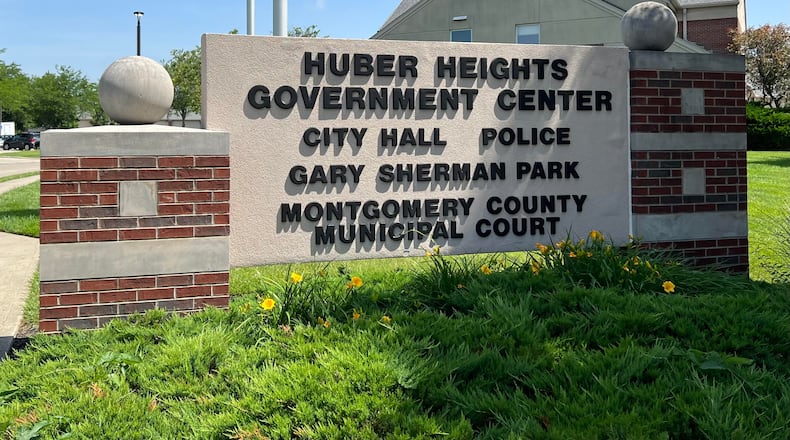“I think most people can agree that a sense of safety and security is what really makes any place feel like home,” said Interim City Manager Bryan Chodkowski. “As was demonstrated in the last Census, more and more people are continuing to call Huber Heights their home, and because of that, we at the city take great pride in providing some of the best police, fire, and EMS services in the state.”
Sarah Williams, the city’s community engagement specialist, said the current levy funding helps the city provide school resource officers for the Huber Heights City School District.
“The ability to support fire, police and emergency medical services is a costly but essential service that the city of Huber Heights provides,” she said. “Many of the life-saving services from fire, police and EMS are what make our community a wonderful place to live.”
The 0.25% income tax does not expire in 2023, meaning if rejected, it could be put back on the ballot in November.
If the levy continued to be rejected, the city would eventually offer only “the most basic functions of police and fire service,” Williams said, adding that funds would need to be reallocated from other city services in order to maintain these operations.
“The city has not yet determined exactly what the cuts will be,” she said. “What is certain is that if the earned income tax renewal does not pass, significant cuts will be unavoidable,” Williams said.
According to the 2022 Huber Heights police staffing presentation, the department employs a total of 54 authorized personnel, which includes 42 officers, eight sergeants, three lieutenants, and one chief.
Of these, two personnel are allocated as school resource officers, one assigned to Wayne High School and one to Weisenborn Junior High School. The presentation shows the police department has received a request from the district for one additional SRO to be assigned to the five elementary schools.
An average of eight communications officers are on the clock within a 24-hour period in the department’s communication center. The average number of calls for service throughout the community in 2021 averaged around 47 per dispatcher per day.
Police department data shows overall crime has been on the decline in the past decade, a fact that Chodkowski said points to the efficiency of local law enforcement.
In 2013, the Huber Heights Police reported a total of 1,424 cases of larceny, 236 cases of burglary, 20 motor vehicle thefts, and 32 cases of robbery. In 2021, the department investigated 822 cases of larceny, 105 burglaries, 13 vehicle thefts, and seven robberies.
The staffing presentation shows the Huber Heights Division of Fire had 54 funded personnel in 2022, which includes one chief, four battalion chiefs, 10 lieutenants, and 39 firefighter/paramedics.
The division intends to hire four additional firefighter/paramedics this year, and three more in 2024.
Data shows the division’s daily call average increased from 17.4 in April 2019 to 22.25 in April 2022. The cost per response in 2021 averaged around $1,114.55.
Fire division personnel costs are estimated to total around $387,804 this year, and are anticipated to increase to $749,271 by 2025.
The Huber Heights Fire Division has been received a Public Protection Classification of 2 from the Insurance Services Office, Inc. This classification, which is meant to score a fire department’s ability to protect its community, is the second-highest rating offered and places the city of Huber Heights in the top 5% of fire services in the nation.
About the Author

